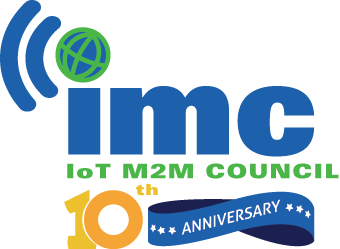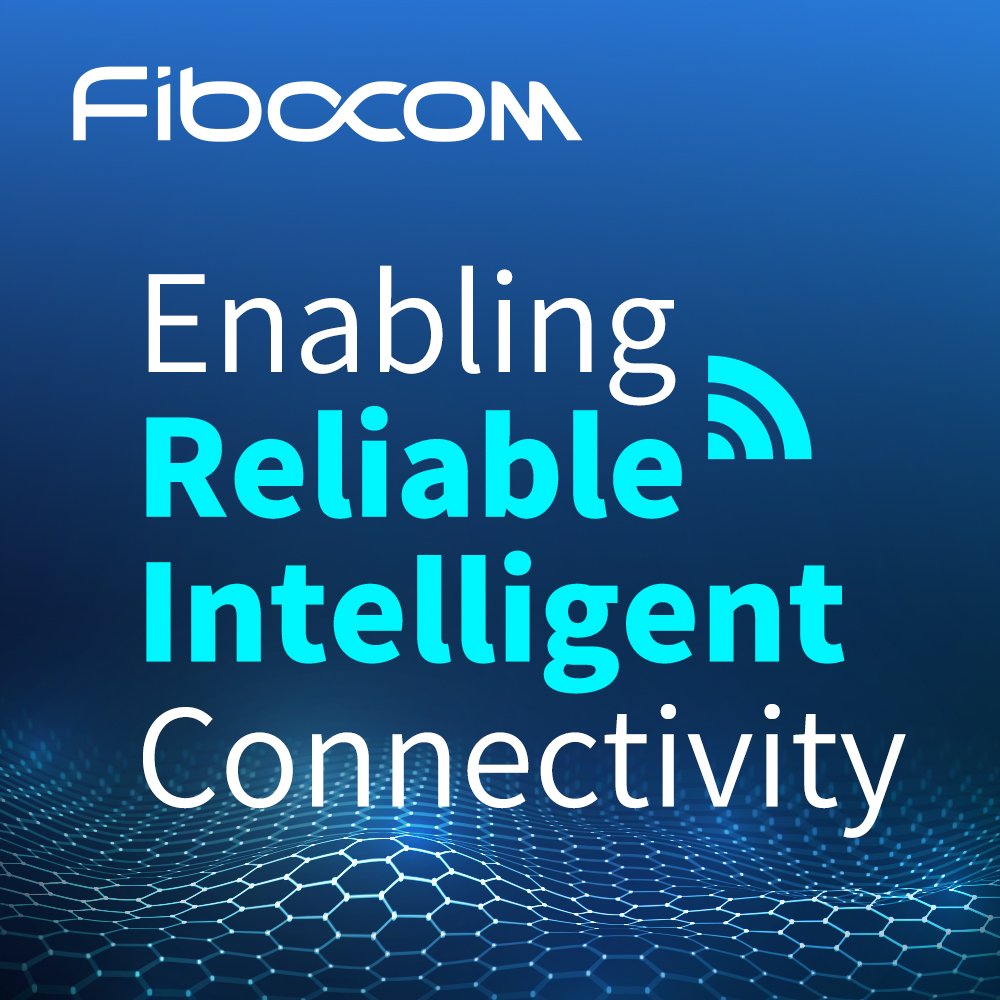Smart buildings to see 9.7% CAGR, says Technavio
- August 21, 2023
- Steve Rogerson

The smart buildings market is estimated to increase by $46.1bn from 2022 to 2027 at a CAGR of 9.73%, according to Technavio.
The market though is fragmented, with several global as well as regional companies. Prominent companies include ABB, Advantech, BuildingIQ, BuildingLogix, Cisco, Delta Electronics, Emerson Electric, Honeywell, Johnson Controls, L&T Technology Services, Legrand, Bosch, Schneider Electric, Siemens, Snap One, Softdel System, Verdigris Technologies, Panasonic and IBM.
The software segment will see significant growth during the forecast period. Smart buildings depend on software due to the need for each component to be connected to analytical tools and other controls. When every device in a building uses software to understand its surroundings, act and produce an analytical report, that building is smart.
Additionally, governments everywhere are concentrating on turning new construction into smart buildings to balance the trade-off. Hence, these factors are expected to drive segment growth during the forecast period.
Apac is projected to hold a share of 31% by 2027. The growth in the region is due to increased industrial development and marketing activities in economies such as India, China, Taiwan, South Korea, Singapore and Australia. Furthermore, increasing awareness of smart technology by end users and the efforts of governments to reduce emissions and save energy are the main growth drivers of the market in the region.
The growing need for building automation to enhance business outcomes is a key factor driving market growth. Building automation software has several advantages. For example, the software acts as a control system for automatic adjustment and control of subsystems of the installation, maintaining predefined parameters for various building systems. Considering these advantages, building automation has become an integral part of the businesses. The adoption of building automation software improves cost savings for organisations by supporting efficient energy management.
The growing use of IoT is a major trend in the market, with the integration of all independent automated systems with extra features linked to the cloud. The idea is to make buildings intelligent so they can automatically respond to information and draw conclusions from it. The sensors and actuators are connected by the cloud architecture, allowing for information sharing and better working conditions. By adding more devices to the current infrastructure, this technology makes it possible to expand automated systems.
The high switching and installation cost is a significant problem restricting market growth. Building automation is becoming more expensive because of the market’s many manufacturers creating more advanced features, better functions, compatible features and creative technologies to enhance operational functionality. Furthermore, the efficient installation of these systems may necessitate several changes to a building’s overall wiring. Due to the incredibly high cost, only major commercial businesses have been able to adopt such smart technology.
www.technavio.com/report/smart-buildings-market-industry-analysis





